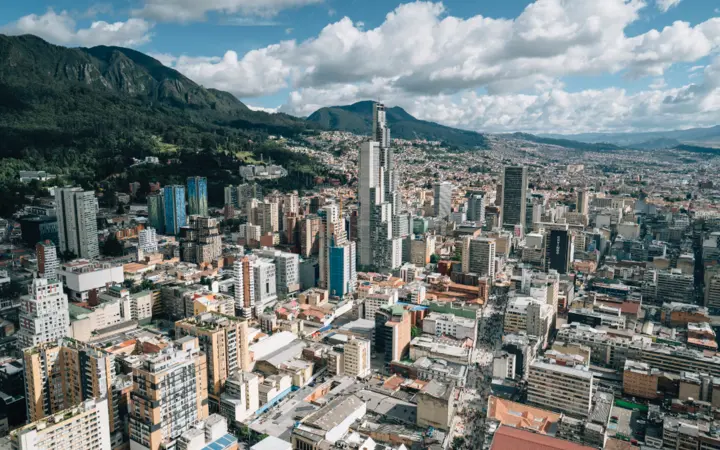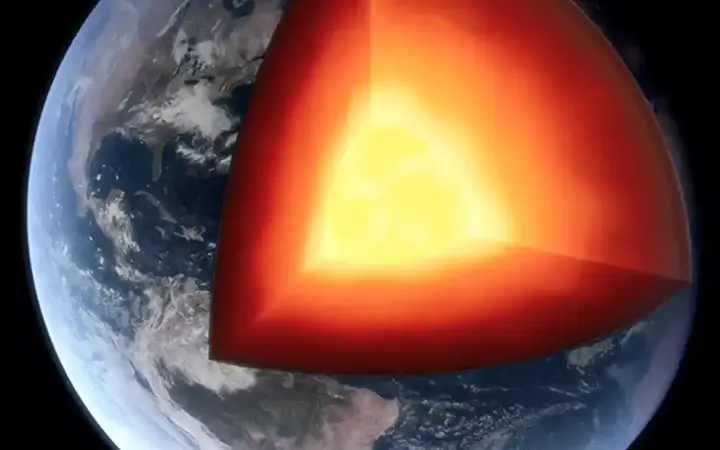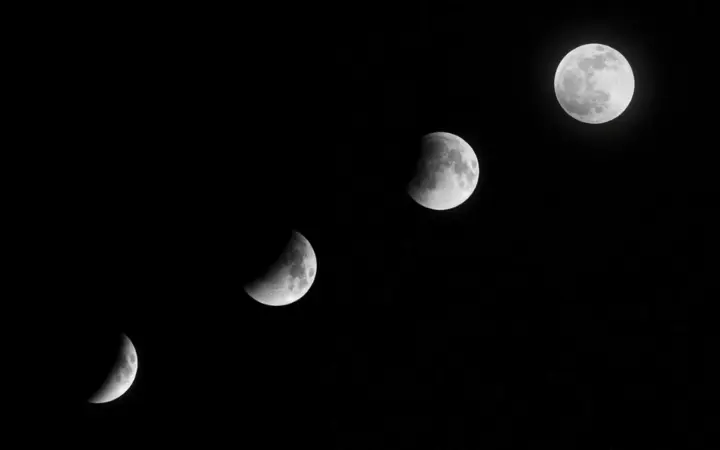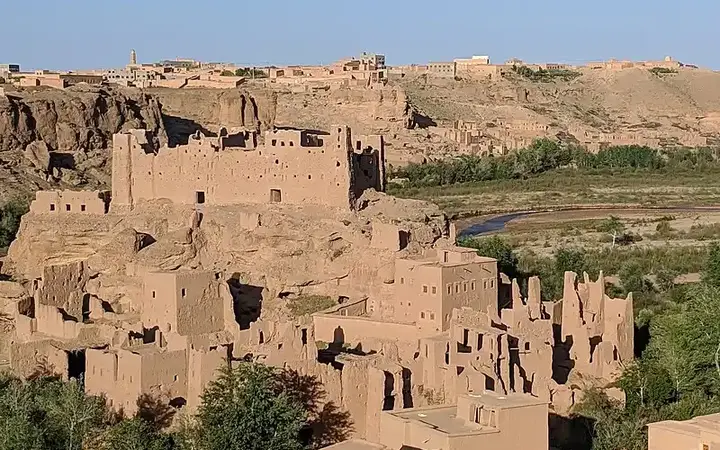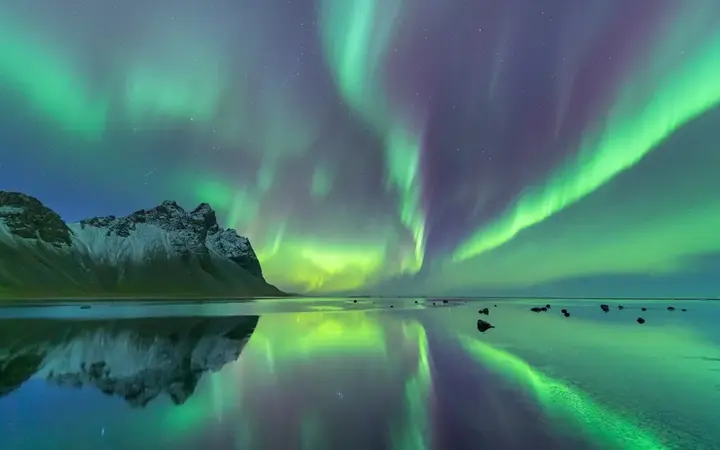Polar bears and climate change: the threatened future of Arctic icons
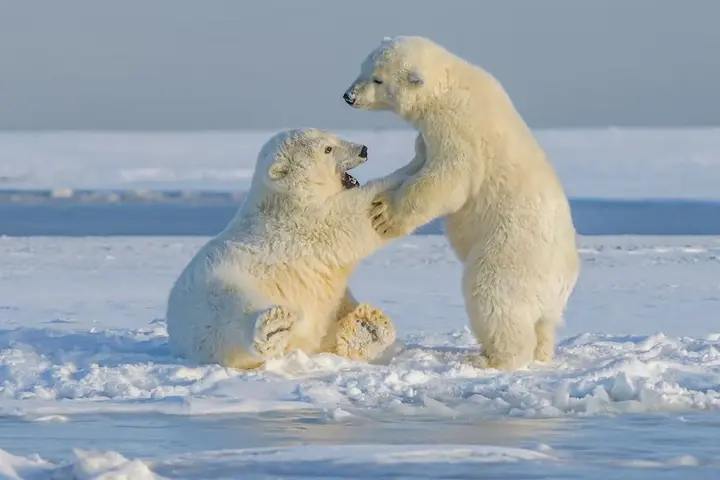
One of the iconic symbols of the Arctic, polar bears embody the beauty and power of the wildlife of this exciting region. However, climate change threatens polar bears and their future. So what is the impact of climate change on these unique organisms? What challenges does it face now and in the future? In this article, we will explore the threatening future of Arctic icons, polar bears.
Show key points
- Climate change is severely impacting polar bears by accelerating the melting of sea ice, which is crucial for their hunting and survival.
- As ice continues to recede, polar bears face growing food shortages that directly affect their health, weight, and reproductive ability.
- Pregnant polar bears are particularly vulnerable due to unstable breeding grounds and lack of high-fat food sources necessary for fetal development.
- ADVERTISEMENT
- The melting ice and habitat loss not only endanger polar bears but also disrupt biodiversity and the ecological balance of the Arctic region.
- Increasing temperatures and unpredictable ice conditions force polar bears to travel longer distances, risking injury and drowning during migration.
- Protective efforts for polar bears face multiple challenges, including habitat erosion, human interference, poaching, and environmental pollution.
- Sustainable conservation strategies, global cooperation, and urgent climate action are essential to ensure the long-term survival of polar bears in the wild.
Climate change and the erosion of the natural environment of polar bears
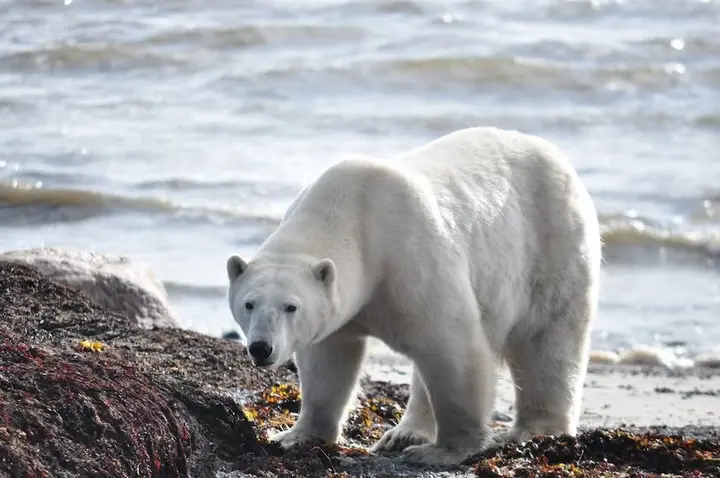
Polar bears are one of the wonderful creatures that live in snowy and icy polar regions. With accelerating climate change, their natural environment deteriorates significantly. Rising temperatures cause the bears to melt and the amount of ice available to bears to decrease, and this negatively affects their movement and diet. Polar bears are losing their natural habitats and the open spaces on which they depend for hunting and breeding. In addition, drought and reduced snow lead to a lack of water resources and ecological balance.
Recommend
It is worrying that polar bears offer ice as their shelter and platform for their daily lives, but as the ice level drops, they find themselves facing new and increasing challenges. Instead of being able to fish from ice and take advantage of it to survive, they are now forced to compete with other animals for the limited habitats available.
The erosion of the natural environment of polar bears also includes negative impacts on biodiversity and surrounding ecosystems. Lack of snow and ice could lead to changes in ecological balance, threatening the survival of other species that depend on the polar environment. Biological metaphysics and ecological balance are affected when climate change reduces the availability of available food sources, affecting other species in the food chain.
High temperature and its effect on the presence of ice in the polar regions
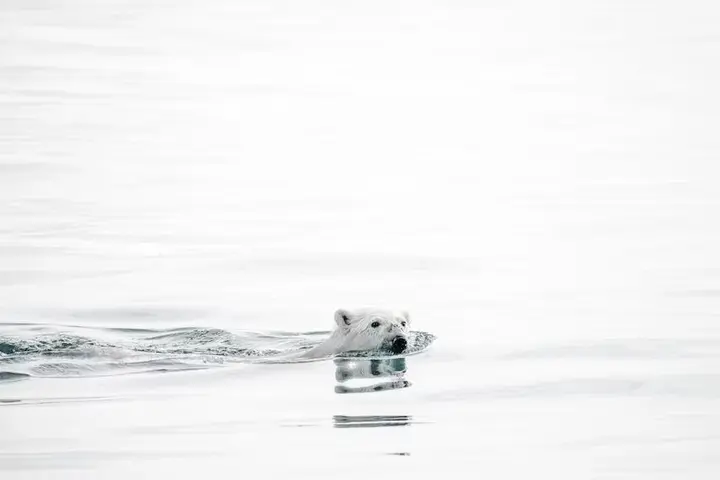
As temperatures rise around the world, the polar regions are experiencing fundamental changes in their climatic and environmental conditions. One of the most worrying effects of warming is the melting of ice in these cold regions. The polar regions are home to huge amounts of frozen ice, such as sea ice in the Arctic and huge ice barriers in the Antarctic.
High temperatures lead to melting ice in the polar regions at unprecedented rates. The polar bear relies heavily on frozen sea ice to navigate, hunt and relax. The shrinking amount of frozen ice makes these wonderful animals unable to access the food resources on which they are so dependent.
Moreover, ice flow is increasing as a result of rising temperatures, putting polar bears at risk of drowning as they move from island to island across the very cold sea. Survival becomes more challenging when the traditional shelter fades and the ice becomes less stable and more changing.
Melting ice in polar regions is not only a problem that affects polar bears, but also affects the balance of the planet's ecosystem in general. Increasing sea level due to melting ice threatens coastal areas and surrounding human communities. The presence of ice in the polar regions is also affected by changing air currents and sea currents, which affect global climate systems and weather patterns.
Food shortages and their impact on the health and survival of polar bears
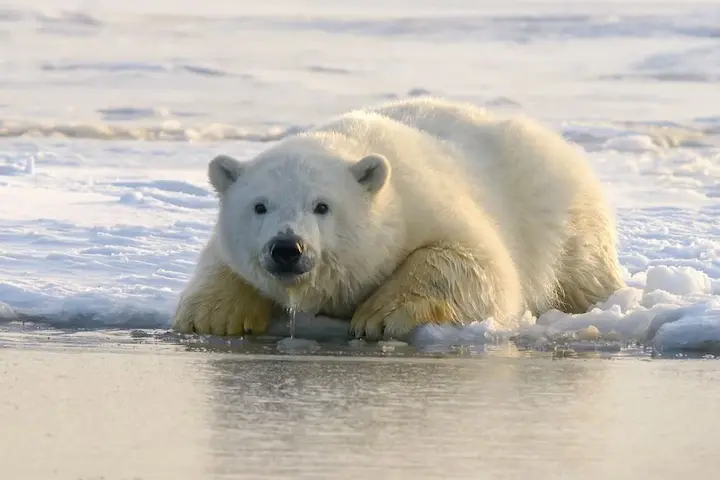
Polar bears are one of the largest predators in the world, and their success and survival in their polar environment depend on the availability of adequate food. But climate change and the receding ice in this harsh environment pose a real challenge to its health and survival.
As temperatures rise, the ice area in the polar regions, the place where the polar bear lives and depends on for its daily activities such as hunting and breeding, recedes. The diet of polar bears is mainly based on sea prey, such as fish, seals and octopus. As the ice recedes, the polar bear needs longer distances to find these prey, meaning it spends more time and energy searching for food.
The lack of food in sufficient quantities negatively affects the health of the polar bear. He feels constant hunger and loses weight quickly, which affects his immune system and makes him vulnerable to diseases and injuries. A polar bear may also suffer from nutritional deficiencies that affect its reproduction rate and loss of energy needed to raise its young.
Concerns are growing about the future of polar bears and their survival amid food shortages and degradation of their natural habitat. To address this challenge, organizations and government agencies are developing strategies to preserve the polar environment and provide food sources for bears. These efforts may include the establishment of conservation zones and marine reserves to maintain the availability of prey and promote reproduction, as well as education and awareness about the importance of preserving these fascinating creatures and protecting their environment.
The threat of pregnant bears and its effects on the success of species reproduction
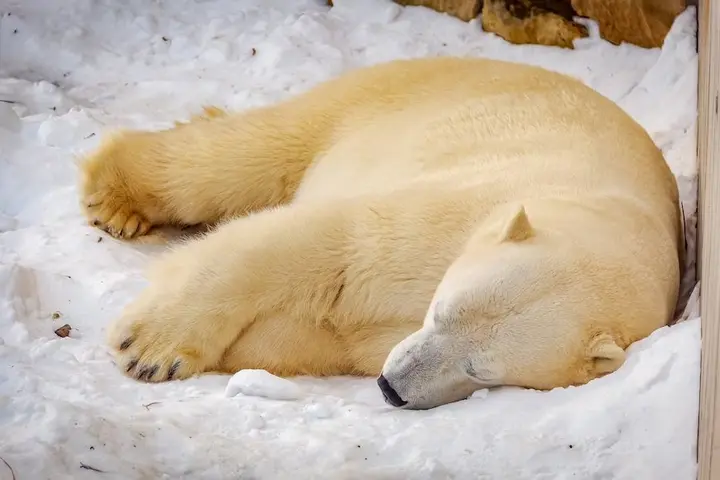
Polar bears face challenges especially when it comes to the effects of climate change on species reproduction. When polar bears are pregnant, their journey to motherhood is a risky task. The success of the reproduction of the species depends on the availability of suitable climatic conditions and the availability of sufficient food to support the proper growth and development of the young.
As temperatures increase and ice in the polar regions decrease, the breeding system of polar bears is significantly affected. The female relies on frozen ice to hide, build her bunkers and nursery her young. When the pattern of ice availability changes, pregnant bears must make extra efforts to find suitable breeding grounds. In many cases, the ice used by pregnant bears to breed is threatened, due to receding ice and the formation of unstable construction sites.
Besides, food availability is significantly affected by climate change. Pregnant bears need huge amounts of high-fat food to support fetal growth and successful pregnancy. As ice availability decreases, the hunting range for polar bears shrinks and the availability of preferred prey such as bugs and seals decreases. This leaves pregnant bears in a state of lack of food for themselves and their young, negatively affecting their overall growth and success.
In addition, climate change increases the vulnerability of pregnant bears to other threats, such as extreme weather conditions and other predator attacks. Pregnant bears become more likely to be injured or killed due to the lack of food and the harsh conditions to which they are exposed.
Challenges to Polar Bear Protection Efforts and Proposed Solutions
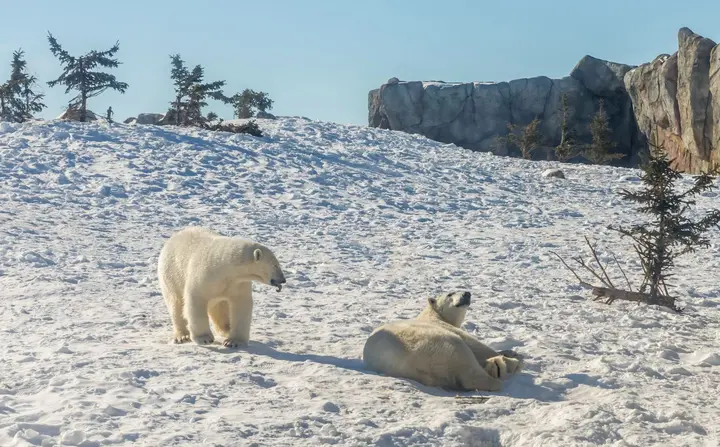
Efforts to protect polar bears face many very serious challenges, given climate change and its enormous impact on these magnificent creatures. In order to preserve its future, effective and appropriate solutions to these challenges are required.
One of the most prominent challenges is the loss of the natural habitat of polar bears, as climate change causes ice to recede and erode polar regions, shrinking bear play space and hunting fields. To meet this challenge, efforts must be intensified to conserve natural areas and provide safe spaces for polar bears.
Other challenges are characterized by food shortages, as the availability of suitable food for bears is significantly affected by climate change. When ice availability decreases, bears stop catching through ice scraping to catch seals and fish, forcing them to look for alternatives and this can lead to food shortages and deteriorating physical condition. To solve this challenge, efforts to protect the seas must be strengthened and contribute to the preservation of marine ecosystems that host food for polar bears.
Other challenges are associated with the threat of pregnant bears, as climate change can affect the abundance of food, environmental conditions and reproduction of bears. This may cause disruption, a decrease in the number of births, and negative effects on the success of the reproduction of species. To protect pregnant bears, efforts to protect biomes must be strengthened and appropriate conditions for reproduction must be provided.
In addition to the above challenges, there are several challenges to efforts to protect polar bears, such as human collisions, poaching and pollution. To solve these challenges, action must be done to increase environmental awareness, promote sustainability and implement effective environmental policies.
To save polar bears from a threatened future, integrated protection strategies are required that include preserving the natural environment, providing food, protecting vital areas, promoting awareness and implementing effective environmental policies. By sustaining global efforts and collaboration, we can contribute to the protection of these magnificent creatures and preserve their future in our changing world.
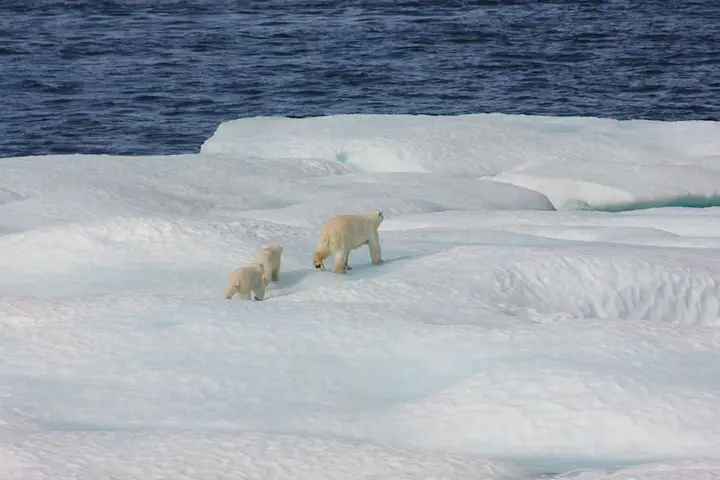
Ultimately, climate change appears to be a real threat to Arctic icons, polar bears. Through its impact on ice and the natural environment, food shortages and impacts on the health and reproduction of bears, it requires joint efforts to protect these magnificent creatures and ensure their future survival. The global community must adopt measures to curb climate change and preserve the ecology of polar bears, as well as support research and projects that help secure the future of these endangered animals to remain a symbol of hope and beauty in our changing world.
![]()
The four highest capitals in the world are located in Latin America, what are they?
Many Latin American capitals sit high in the mountains for reasons like cooler climates, better defense from pirates, and historical ties to indigenous sites. Cities like La Paz, Quito, and Bogotá remain notable for their altitude, beauty, and strategic importance since colonial times. more- ADVERTISEMENT
![]()
The best ChatGPT alternatives, including what is free
ChatGPT is an advanced language AI revolutionizing communication and creativity with human-like conversations and text generation. Alongside it, impressive free alternatives like Google's Bard, Jasper Chat, Bing AI, and Perplexity AI offer unique features—from creative writing to fact-based search—making AI tools more accessible, powerful, and tailored to user needs. more- ADVERTISEMENT
![]()
Neolithic revolution
The Neolithic Revolution more- ADVERTISEMENT
![]()
A piece of the earth's crust is missing, and scientists are discovering its whereabouts!
A piece of the earth's crust is missing, and scientists are discovering its whereabouts! more- ADVERTISEMENT
![]()
The moon is moving away from the earth. Will our day become 25 hours?
The Moon is slowly drifting away from Earth, making our days longer over time. This cosmic dance, caused by tidal forces, began with a massive ancient collision and continues to shape Earth's rotation and life. Fossil records even show that days were once just 21.8 hours long. more- ADVERTISEMENT
![]()
Topkapi Palace ... The largest palaces of Istanbul in Turkey
Topkapi Palace, once home to Ottoman sultans, dazzles with over 12,000 porcelain pieces and secretive chambers. Known as the "Palace of Happiness," it’s now a UNESCO World Heritage Site and ranks among Europe's most visited museums, drawing millions into its rich blend of history, culture, and architectural beauty. more- ADVERTISEMENT
![]()
Tafilalet Village: Exploring Morocco's Berber Life
Tafilalet, a hidden gem in Morocco, blends ancient Amazigh heritage with stunning desert landscapes. Visitors can explore traditional mud architecture, experience authentic Berber hospitality, and enjoy local cuisine like tagine and dates. It's a perfect escape for those seeking adventure, culture, and a taste of simple, traditional life. more- ADVERTISEMENT
![]()
75% of the global diet is produced by just 12 plants and 5 different animals
Our diets rely on just a few crops, making them fragile and less nutritious. Embracing lesser-known, diverse foods like millet and winged beans can boost health, support farmers, and protect against climate and crop threats. more- ADVERTISEMENT
![]()
Alert from the Northern Lights: Sun's activity is at its highest level in 23 years with the Northern Lights
Alert from the Northern Lights: Sun's activity is at its highest level in 23 years with the Northern Lights more- ADVERTISEMENT
![]()
The Star Marvel: Discovering the Extraordinary in the Milky Way
The star marvel of the Milky Way dazzles with its vivid colors, sparkling structures, and deep mysteries. It's a celestial masterpiece that has inspired scientists and artists alike, blending beauty, culture, and cosmic curiosity into one extraordinary galaxy. more- ADVERTISEMENT












